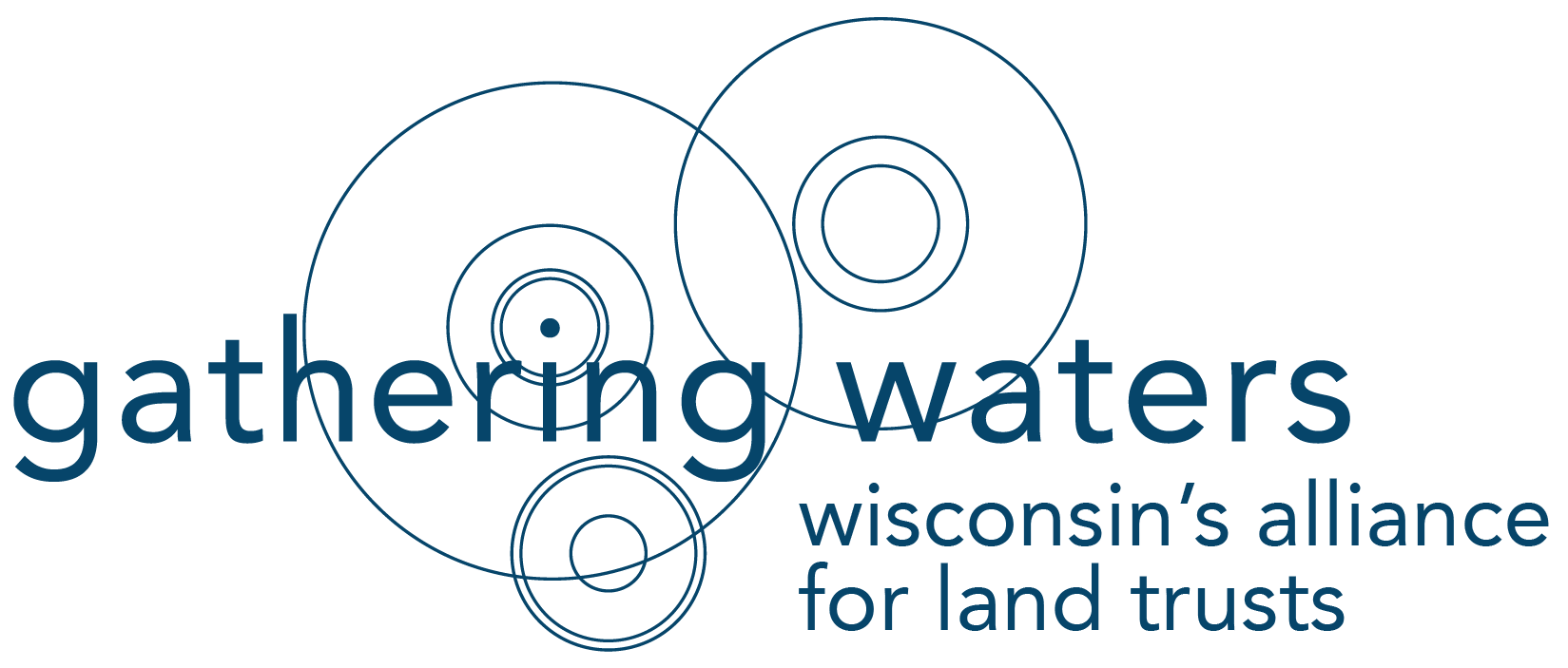The Land Trust Retreat in October was dubbed both “Land Trust 101” and “Executive Director Therapy” by participants, indicating the range of benefits it offered for brand new board members and seasoned leaders and staff alike.
More than anything else participants in this year’s retreat valued the opportunity to network. The strength of the land trust community truly lies in identifying issues and tackling them together.
One retreat session in particular gave participants space to reflect together on the “big picture.” The room was abuzz as each small group moved through a series of questions, rotating from station to station to add to and comment on the ideas of previous groups.
Here are some of the themes that emerged.
Land trust folks know that conserving land over time is an awesome responsibility. These are some of the questions that keep them up at night.
- What data could we collect on easements that would be helpful for science and management far into the future?
- What more can we do to ensure resource quality and availability for future generations?
- How can we weather changes in government programs and resources to manage natural resources?
- How can we demonstrate conservation’s relevance to more people and make the connection with global and local issues like climate change, poverty, disease?
These are ideas and directions land trusts are interested in exploring.
- Creative fundraising approaches, like mobile payments, electronic currency, crowdfunding
- Financing with a Chip Fee or transfer fee for conservation
- Web-based tools for monitoring and stewardship by staff and citizen scientists
- Electronic record keeping, with proper standard/filing format
- Remote-control drones–new ways to access property as well as potential for confrontational issues
- Pathways to engage the wider community through social media, mobile technology, and virtual tours
- Becoming more targeted in land owner contacts (work with UWSP on this)
- Developing a “watershed” message, making riparian buffer zones a “commodity”
- Treat dairy manure properly in watershed by trails, like industrial waste
Participants also listed ideas for working together to increase their effectiveness and efficiency.
- Share tools & resources: hardware tools, work crews, monitoring
- Joint workshops
- Share donor lists, recognize that overlap occurs
- Peer support and accountability for meeting standards, whether accredited or not
- Help/contract for technical support, GIS
- Cooperate on grant writing/applications
- Baselines preparation/GIS job sharing
- Board member shadowing
- Shared professional support/mentorship
- Trade off facilitation of meetings
- Convene board meetings on the same date to share guest speaker
- Pass CE’s to neighbor, “save” $50,000
- Serve as back-up holders
- Mergers
- Develop expert/skill directory on-line
- Shared PR, “brought to you by Wisconsin’s Land Trusts”
This is a conversation that will be ongoing. At Gathering Waters we welcome your continued reflections and suggestions on how we can work together to make land trusts stronger. Contact Meg Domroese, Land Trust Program Director (meg@gatheringwaters.org), or reach out to one of the members of Wisconsin’s Land Trust Council. Council members keep their fingers on the pulse of land trusts and help us to set priorities strategically.
With our Land Trust Alliance partners we will take these ideas up in Ask-an-Expert calls, peer mentoring activities, and other training opportunities, including at future retreats.


